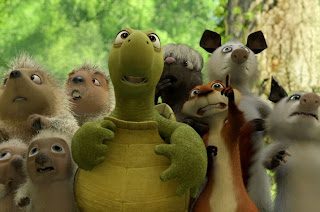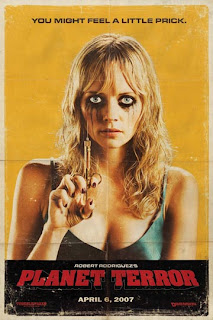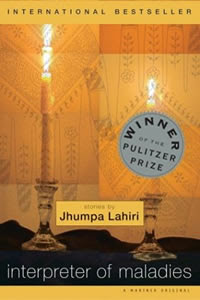
Filmul făcut de Robert Altman despre viaţa fraţilor Vincent şi Theo Van Gogh începe cu nişte acorduri nevrotice – arcuşuri scârţâite şi corzi ciupite haotic, nebuneşte – semnalând o atmosferă oarecum previzibilă pentru spectatorul familiarizat cu celebra alienare mintală a pictorului olandez. Dar confirmarea imediată a aşteptărilor durează puţin: genericul plus scena unei discuţii aprinse între Vincent (Tim Roth) şi Theo (Paul Rhys). Cel dintâi - hotărât să adopte pe de-a întregul şi fără compromisuri viaţa de pictor; cel de-al doilea - pe post de cap limpede, încercând să îl convingă de lipsa de perspectivă a acestei alegeri.
Apoi Altman scoate o foaie albă şi aşterne povestea de la început. Redă entuziasmul total al pictorului hotărât să nu urmeze căile convenţionale ale şcolilor de arte, banii plătiţi prostituatelor pentru a sta drept modele, alcoolul ieftin, mutarea la Paris. Viaţa boemă. De la cocioabele din Olanda ploioasă la apartamentele strâmte, cafenelele şi femeile rujate strident din Montmartre. Întâlnirea cu Gauguin şi schimbările de stil. Foaia narativă se încarcă încet cu toate straturile ce duc la alienarea lui Vincent. De la plecarea primei femei iubite la imposibilul vieţii urbane. Paşi mici şi tot mai greoi în mlaştina depresiei. Vincent se scufundă încet şi îl trage pe Theo după el, chiar dacă asta nu se vede de la început cu ochiul liber. Iar filmul nu te aduce la concluzia asta la fel ca paginile reci şi seci ale unei biografii, ci te transformă într-un părtaş empatic ce trăieşte fiecare treaptă păşită în jos.
Dincolo de talentul lui Altman de a reproduce degradarea treptată a lui Vincent şi alunecarea spre nebunie, poate cel mai mare merit al filmului e modul în care transpune şi prelungeşte pe peliculă tablourile lui Van Gogh. Lanurile de floarea soarelui dintr-un Provence rece şi distant în ciuda soarelui, dominat de insuportabila briză a Mistralului. Galbenul crud al lanurilor de grâu şi albastrul aproape artificial al cerului. Cred că am văzut puţine alte filme atât de bogate vizual şi care să inspire senzaţia distinctă că transcenzi pânza şi păşeşti literalmente înăuntrul picturii.
Deşi Vincent e categoric centrul focal al filmului, evoluţia paralelă a lui Theo e la fel de pregnantă pe ecran. Hipersensibilitatea şi efeminarea, timiditatea şi nervozitatea – toate îl transformă în jumătatea exhibată şi aparent raţională a lui Vincent, ce ţine cu o disperare crescândă frâiele normalităţii la început, şi pierde încet-încet controlul pe parcurs. Acordurile nevrotice revin la final, marcând cadrul bolnav către care au evoluat personajele. Notele mai ascuţite, tulburărea decăderii mai mare.
Urme din ironia şi cinismul cunoscute ale lui Altman rămân doar în câteva secvenţe de juxtapunere a vieţii sărăcăcioase duse de Vincent cu imagini de la una dintre licitaţiile contemporane ale tablourilor sale, la care sunt aruncate lejer sume cu multe multe zerouri.









































